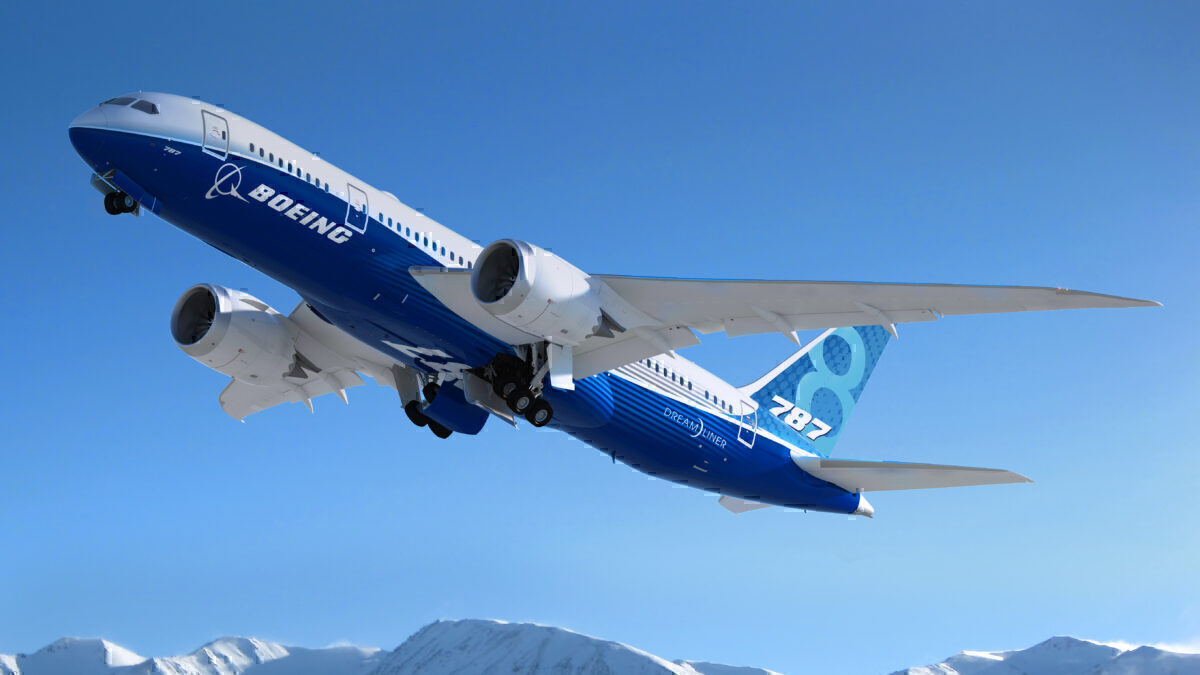Have you ever wondered why the Boeing 787 Dreamliner does not have wingtips like many other commercial aircraft? Before we understand why Boeing decided against wingtips for its flagship aircraft, we must first look at wingtips and know what they do.

The wingtips, or sharklets as Airbus calls them, are there to reduce vortex drag, the spiraling flow of air that forms under the wing during flight. These spirals of air can be seen on rainy or misty days trailing behind the tips of aircraft wings, and while they might look impressive, the drag they create is not.
Winglets reduce drag
This drag places additional resistance on the aircraft, which means that planes need to burn more fuel to counteract it. And as we all know, more fuel burn equates to more money. Adding wingtips to the end of an aircraft’s wing reduces air swirling around, thereby lessening drag.
Winglets also help improve the plane’s takeoff performance and contribute to a more stable flight, which makes for a smoother ride.

Winglets have been a feature of jets for the past few decades, and their design was inspired by the upturned feathers on bird’s wings as they soar through the air.
The 787 was a clean paper design
What makes the Boeing 787 Dreamliner so different is that it does not have winglets because it was a clean paper design. Unlike some older aircraft with winglets added to them in the early 1990s, the Boeing 787 was a revolutionary design built using many new materials and modern technologies.
When they designed the Boeing 787 Dreamliner, they came up with a raked wingtip design that acts similarly to a winglet by increasing the wings aspect ratio to interrupt unwanted wingtip vortexes. The raked wingtip design also allows the 787 to use less runway on takeoff and achieve a steeper climb rate. While standard wingtips can reduce drag by as much as 4.5%, the raked wing design can reduce it by 5.5%. Despite the one percent increase, raked wingtips only work on larger aircraft and are much less economical on smaller planes like the Boeing 737 or Airbus A320.
787 wings are incredibly flexible
Because the Boeing 787 Dreamliner’s wings are constructed using up to 50% composite material by weight and 80% composite material by volume, they are incredibly flexible. This not only allows the plane to fly faster and further than less advanced aircraft; it also makes for a smoother flight as the flexibility helps dampen movement from wind gusts and turbulence.
Boeing further intends to use what it has achieved with the 787 Dreamliner on the next generation long-range widebody, the 777X. https://simpleflying.com/airbus-a350-vs-boeing-787-what-came-first/While the wings on the 777X will feature a swept-back design like the Dreamliner, they will also have the bonus of folding wingtips.

Doing this will allow the aircraft to reduce its wingspan from 235 feet down to 213 feet, which means it can operate out of airports where existing Boeing triple seven aircraft fly.
What do you think of the Boeing 787 Dreamliner, and do you think it is better than the Airbus A350? Please let us know your thoughts in the comments.
[ad_2]
Source link



